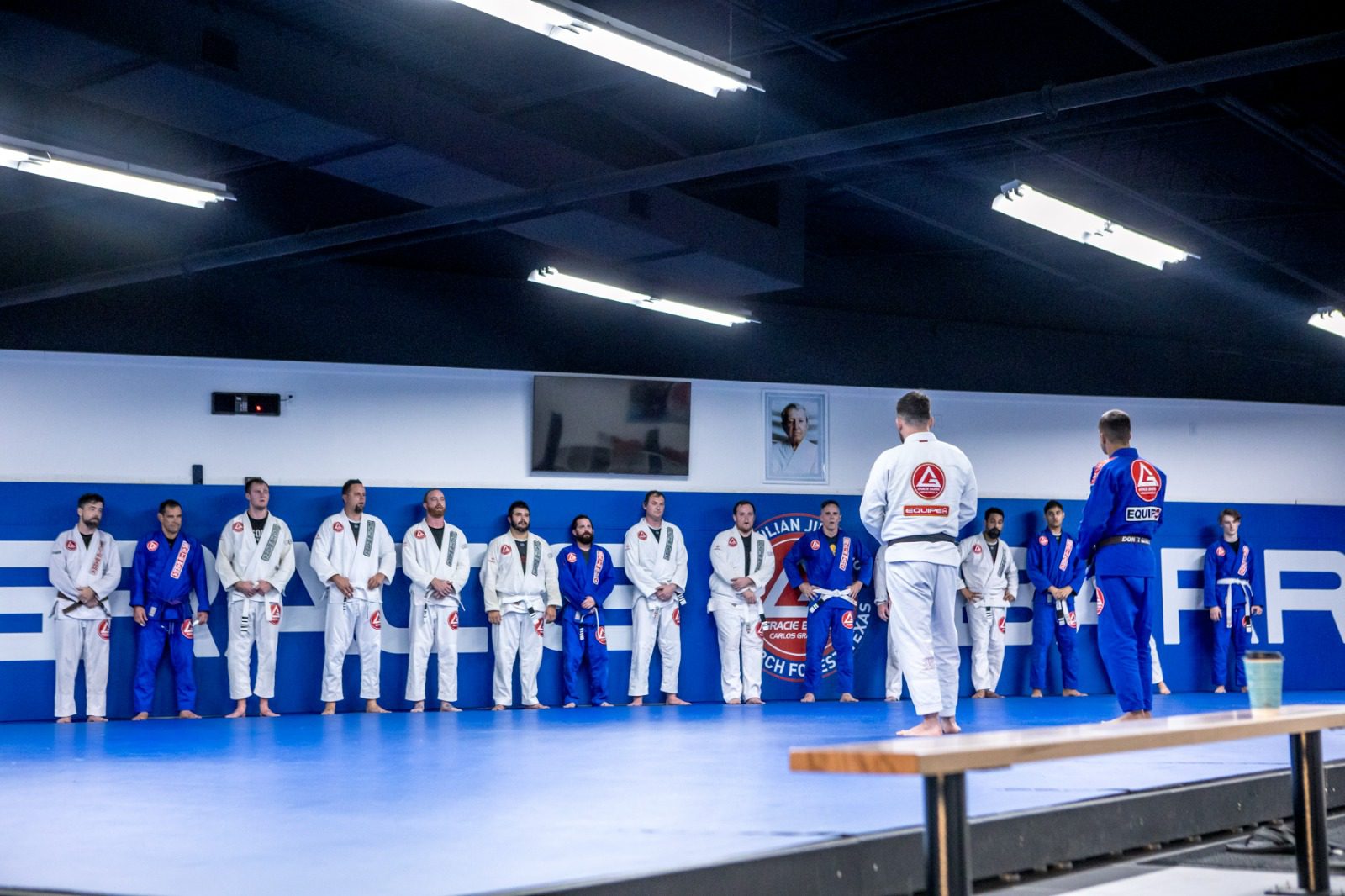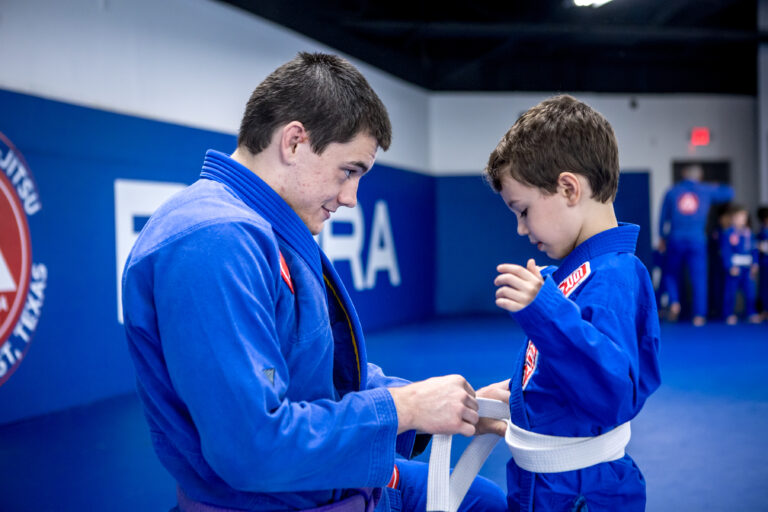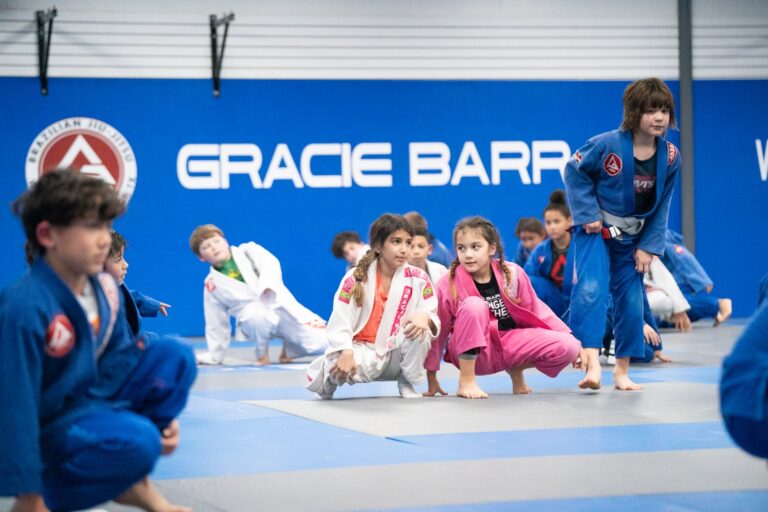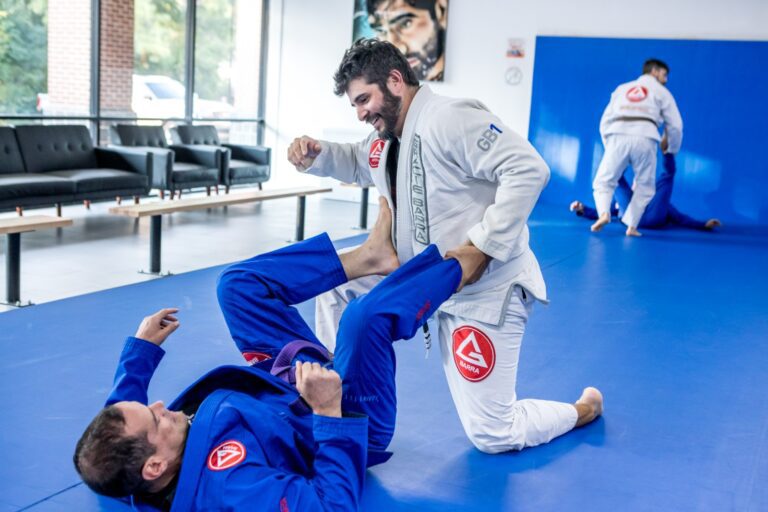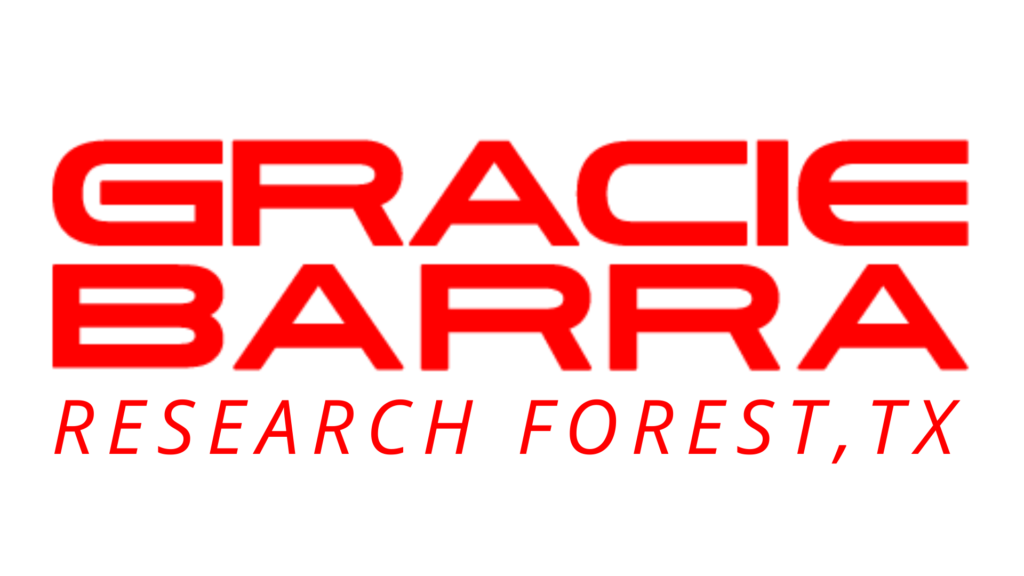Jiu-Jitsu, a martial art rich in tradition and meaning, transcends physical barriers, incorporating a profound philosophy that positively influences the integral development of practitioners of all ages and genders. In this article, we will delve deeply into the history, explore fundamental philosophical principles, and highlight how Jiu-Jitsu can positively impact the body, mind, and life of women, men, and children.
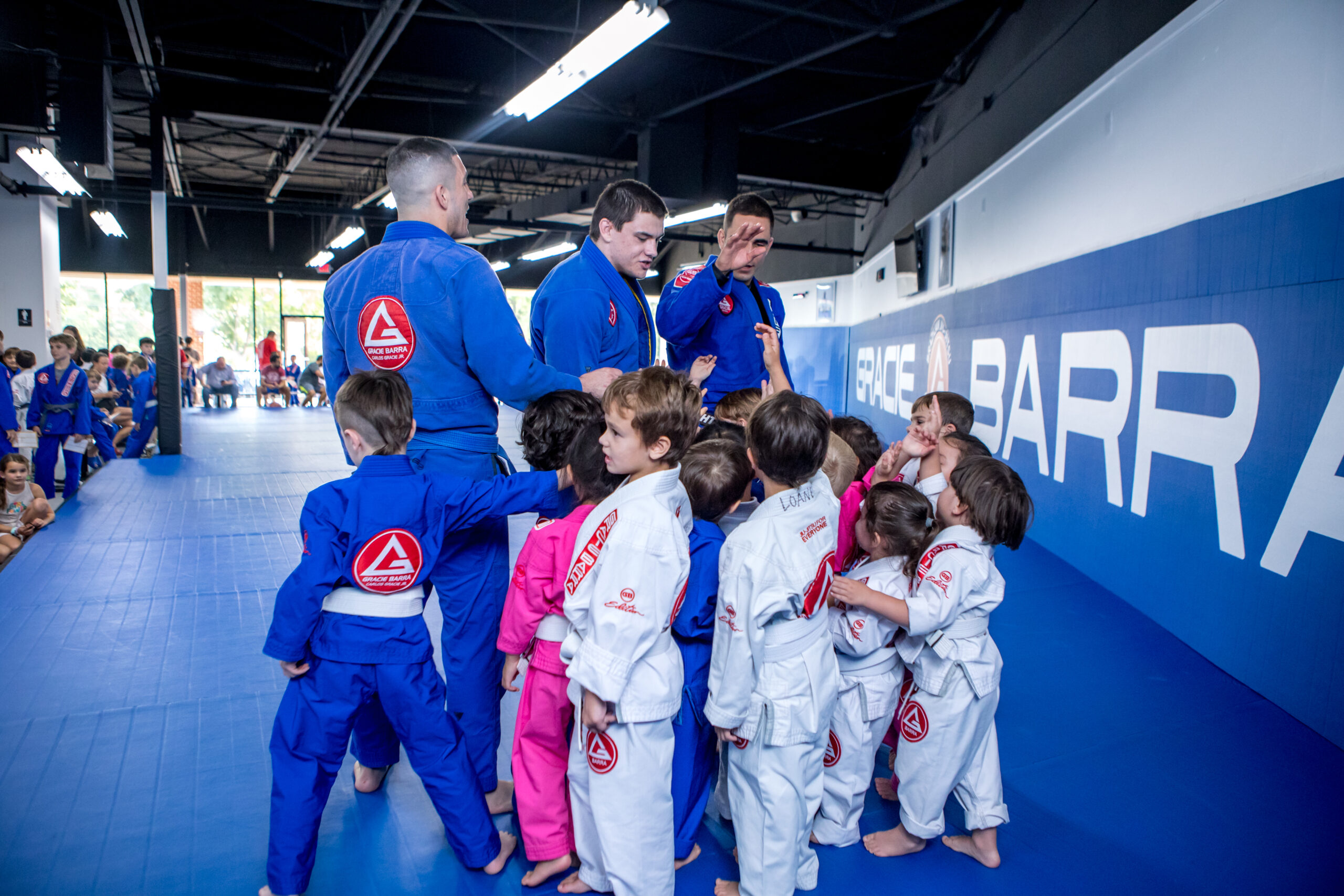
I. History of Brazilian Jiu-Jitsu: From Origins in Japan to Modern Adaptations:
Jiu-Jitsu, with its ancestral roots in Japan, has a fascinating history that spans centuries. From samurai techniques to its introduction in Brazil, each period has uniquely shaped this martial art. We will explore transformations over time, highlighting notable events and figures.
II. Deep Philosophy of Jiu-Jitsu: Universal Principles for Everyone:
Jiu-Jitsu goes beyond physical techniques; it is guided by a profound philosophy. We will delve into fundamental principles such as efficient technique application, patience, and respect. These are not just combat principles but pillars that support the practice, applicable to practitioners of all ages and genders.
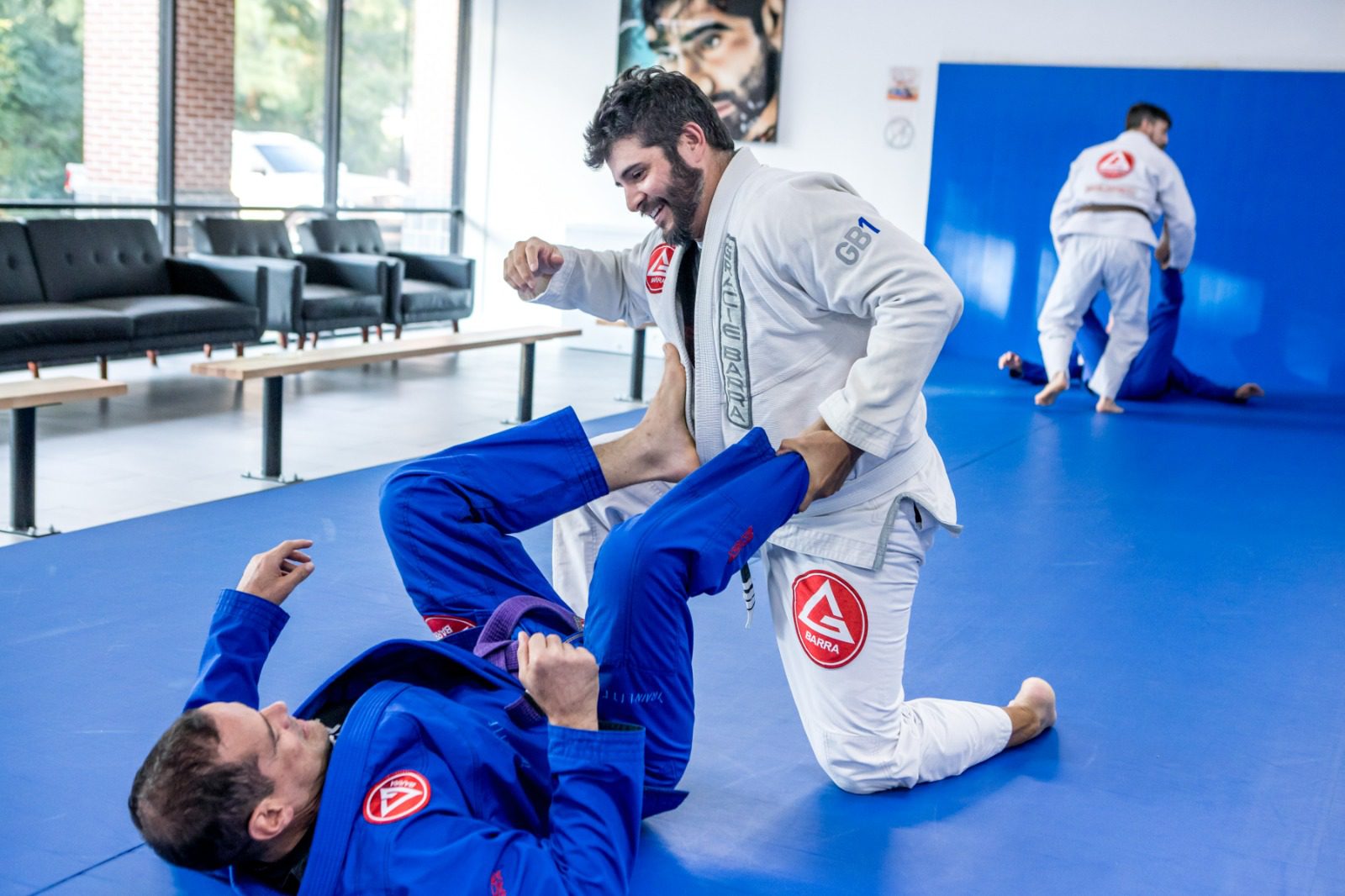
III. Comprehensive Physical Development with Jiu-Jitsu:
In addition to obvious self-defense benefits, Jiu-Jitsu offers notable physical advantages. We will highlight how regular practice contributes to muscle strengthening, cardiovascular endurance, and other beneficial physical aspects that extend to women, men, and children.
IV. Mental Development:
The Journey of Cognitive Growth, Focus, and Self-Confidence:
Jiu-Jitsu is not just a physical challenge; it is a journey for mental development. We will explore how the practice promotes cognitive skills, focus, resilience, and self-confidence in all practitioners, regardless of age or gender.

V. Effective Self-Defense for Everyone:Building Empowerment and Personal Security:
We will analyze how Jiu-Jitsu is an effective tool for self-defense, providing practical techniques and building empowerment and personal security for women, men, and children.
VI. Jiu-Jitsu Benefits for the Body in All Stages of Life:
We will emphasize how Jiu-Jitsu contributes to the physical development of practitioners of all ages and genders, promoting strength, muscle toning, flexibility, weight control, and healthy posture.
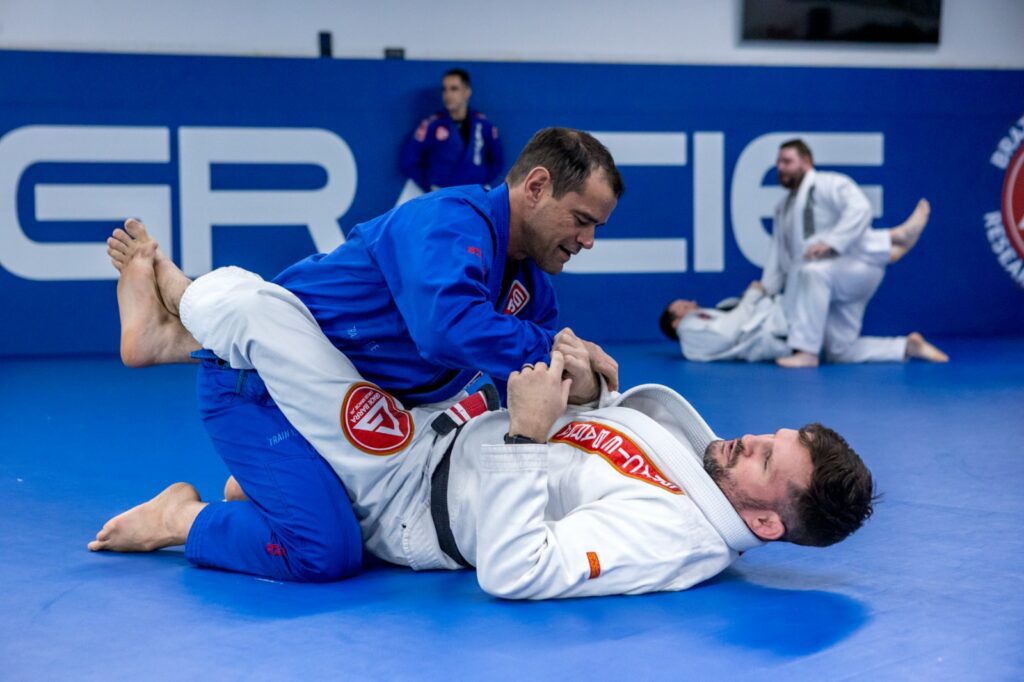
VII. Social and Community Impact of Jiu-Jitsu:
We will explore the role of Jiu-Jitsu in forming united and supportive communities, highlighting how this practice positively influences the social and emotional lives of women, men, and children.
VIII. Style Variations in Jiu-Jitsu: Finding Your Unique Approach:
Jiu-Jitsu is a dynamic art that allows the incorporation of different styles and strategies. We will explore style variations, from focusing on ground techniques to approaches more centered on throws and projections. Understanding these variations allows practitioners to adapt their practice according to their preferences and individual skills.

IX. Equipment and Attire in Brazilian Jiu-Jitsu: More than Just Gi:
Beyond techniques and philosophies, Jiu-Jitsu is characterized by its unique attire, known as gi. We will explore the significance of gi, not just as clothing but as an integral part of culture and respect in the practice. Additionally, we will discuss other clothing and equipment options that practitioners may consider to enhance their Jiu-Jitsu experience.
X. Competitive Evolution in Jiu-Jitsu: From Local Tournaments to Global Competitions:
Jiu-Jitsu has a thriving competitive scene ranging from local tournaments to prestigious international competitions. We will examine how competition shapes the evolution of the martial art, driving technical innovations and providing practitioners the opportunity to test their skills on a global stage. Additionally, we will discuss how the competitive mindset can translate into benefits beyond the mat.

XI. Brazilian Jiu-Jitsu and Mental Health: Therapy through Martial Art:
The regular practice of Jiu-Jitsu not only strengthens the body but also offers therapeutic benefits for mental health. We will explore how discipline, focus, and social interaction in Jiu-Jitsu can be instrumental in managing stress, anxiety, and other emotional challenges. Additionally, we will discuss initiatives and projects using Jiu-Jitsu as a form of mental health support.
XII. Jiu-Jitsu Beyond the Mat: Applications in Everyday Life:
Jiu-Jitsu is not confined to the mat; its lessons can be applied in everyday life. We will explore how Jiu-Jitsu principles, such as resilience, adaptation, and teamwork, can be transferred to situations outside the martial arts environment. We will discuss case studies and personal experiences highlighting how the Jiu-Jitsu mindset can be a valuable tool for overcoming challenges in various areas of life.
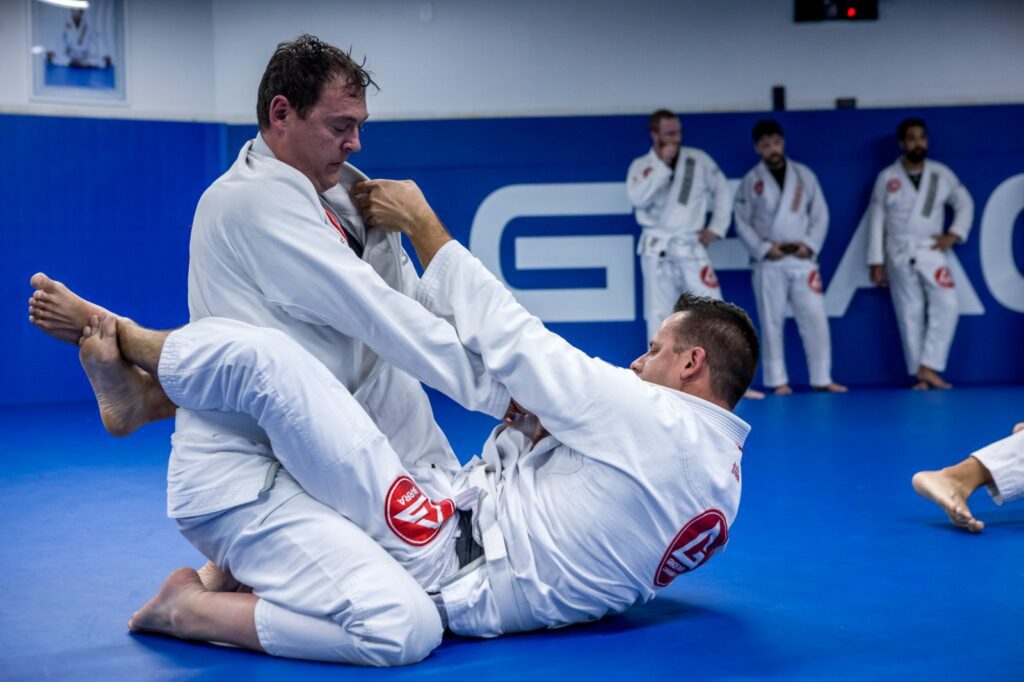
XIII. Jiu-Jitsu and Early Childhood Education: Physical and Cognitive Development at Young Ages:
We will explore how introducing Jiu-Jitsu from early childhood not only promotes physical development but also contributes to cognitive growth. Practice at a young age instills values such as discipline, respect, and teamwork, establishing a solid foundation for the integral development of children.
XIV. Jiu-Jitsu and the Science of Movement: Anatomy and Physiology in Martial Art:
We will delve into the science behind Jiu-Jitsu, analyzing how specific movements and techniques impact the anatomy and physiology of the body. Understanding the biomechanics behind positions and transitions not only enhances the effectiveness of techniques but also promotes a safer and more conscious practice.
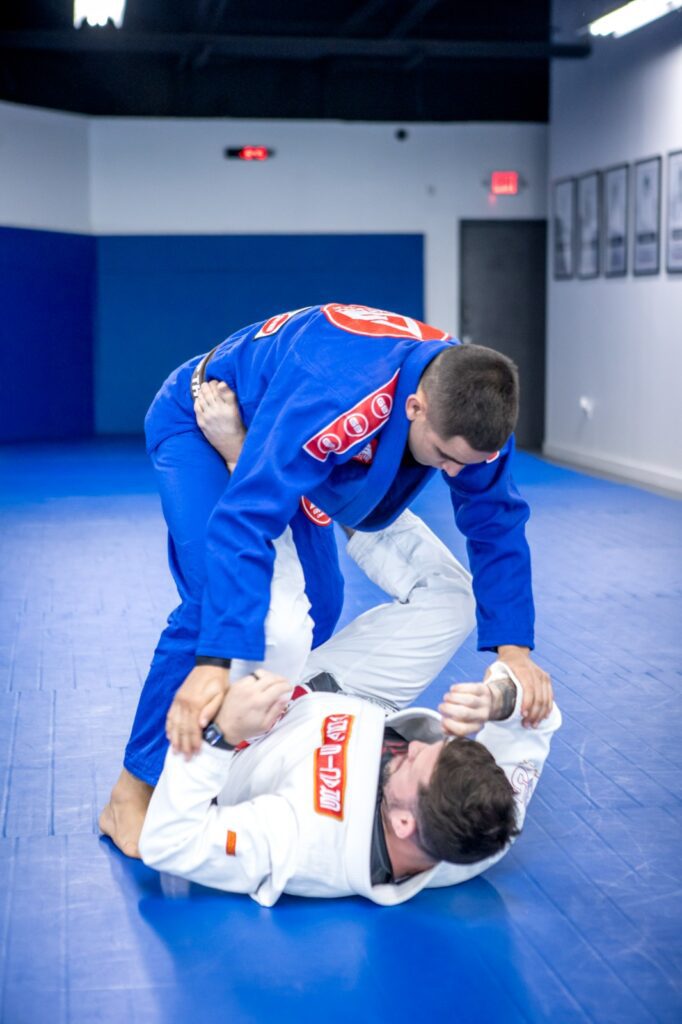
XV. Jiu-Jitsu and Lifestyle Diversity: Adapting to Individual Needs:
We will highlight how Jiu-Jitsu is adaptable to various lifestyles. Whether for busy professionals, students, or the elderly, we will discuss specific approaches and adaptations that make Jiu-Jitsu accessible to a wide range of people, ensuring everyone can enjoy the benefits of this martial art.
XVI. Jiu-Jitsu and Social Inclusion: Breaking Social and Economic Barriers:
We will analyze how Jiu-Jitsu can play a crucial role in promoting social inclusion. We will explore initiatives and programs that seek to make Jiu-Jitsu practice accessible in economically disadvantaged communities, highlighting how this martial art can break social barriers and create opportunities for everyone.
Brazilian Jiu-Jitsu as an Endless Journey:
We will conclude this extensive exploration of Jiu-Jitsu by emphasizing how this martial art is not just a physical practice but a journey of self-discovery and continuous growth. Jiu-Jitsu, with its rich history, profound philosophy, and multifaceted impact, remains an endless source of learning and personal development.

